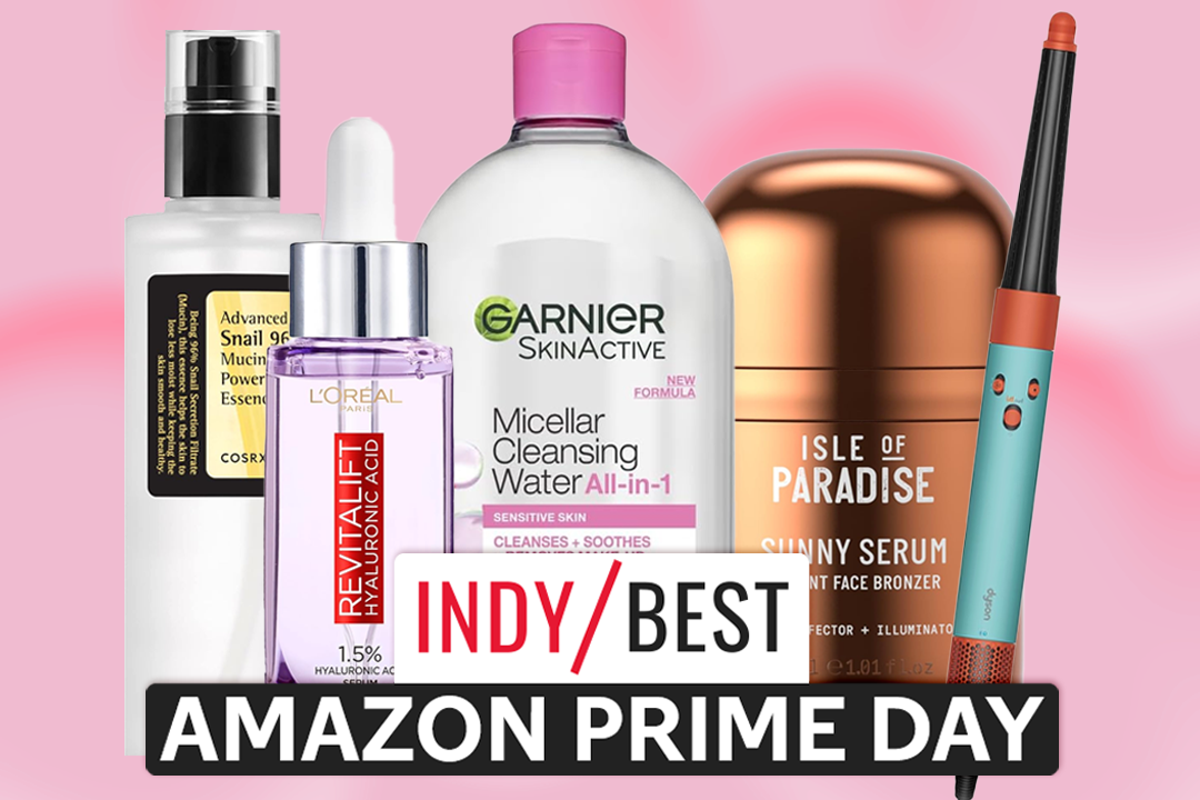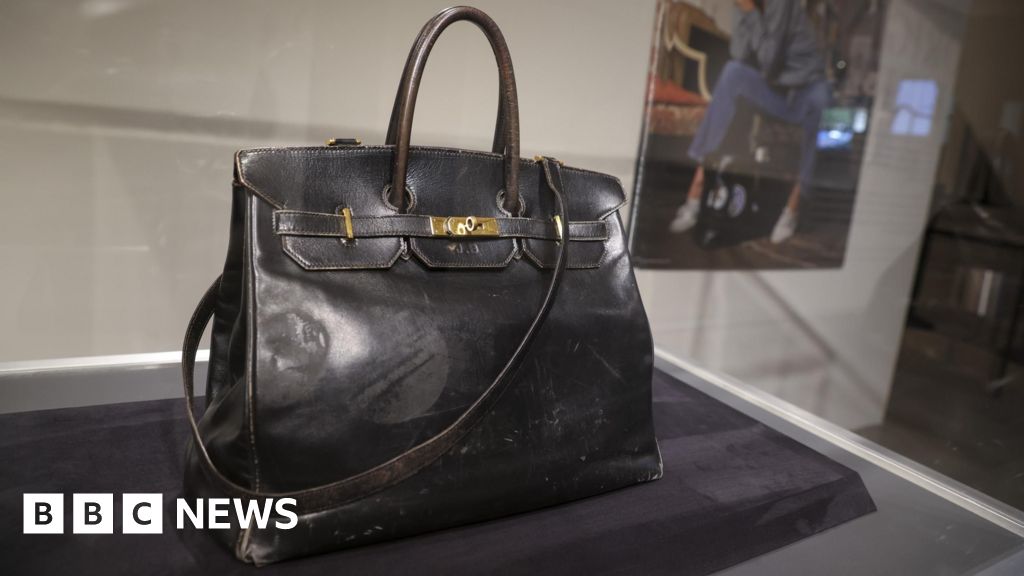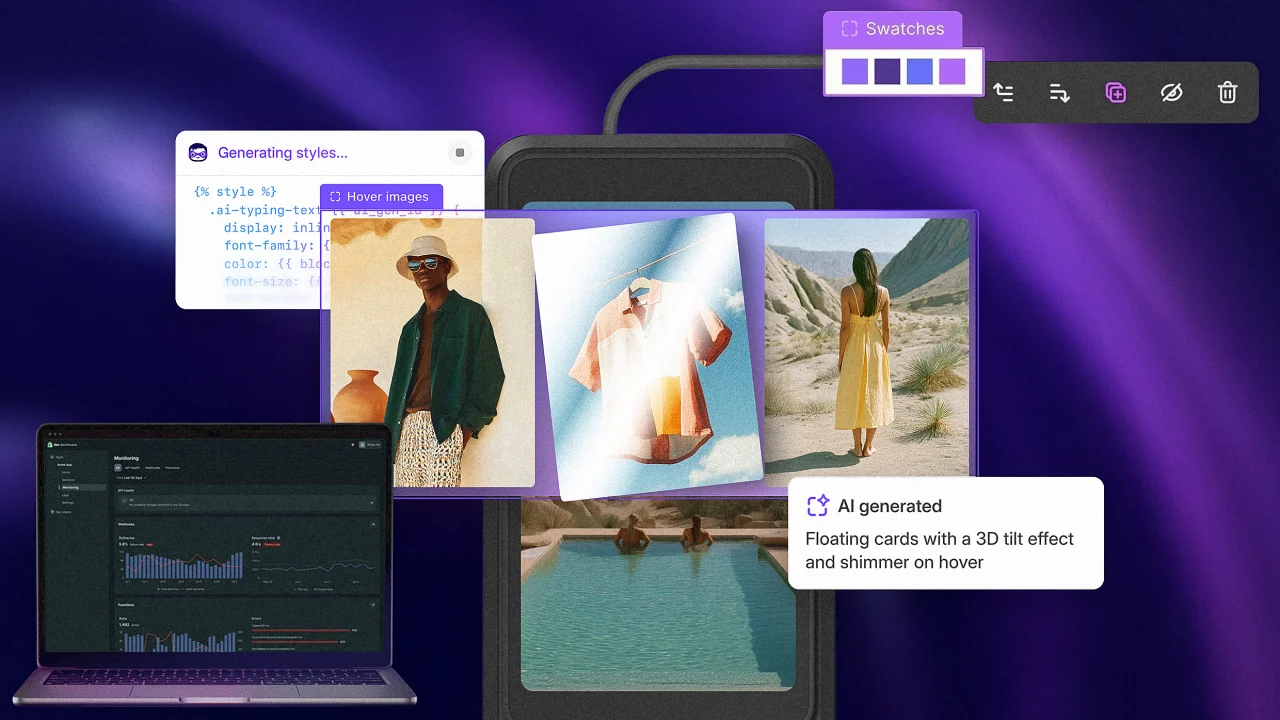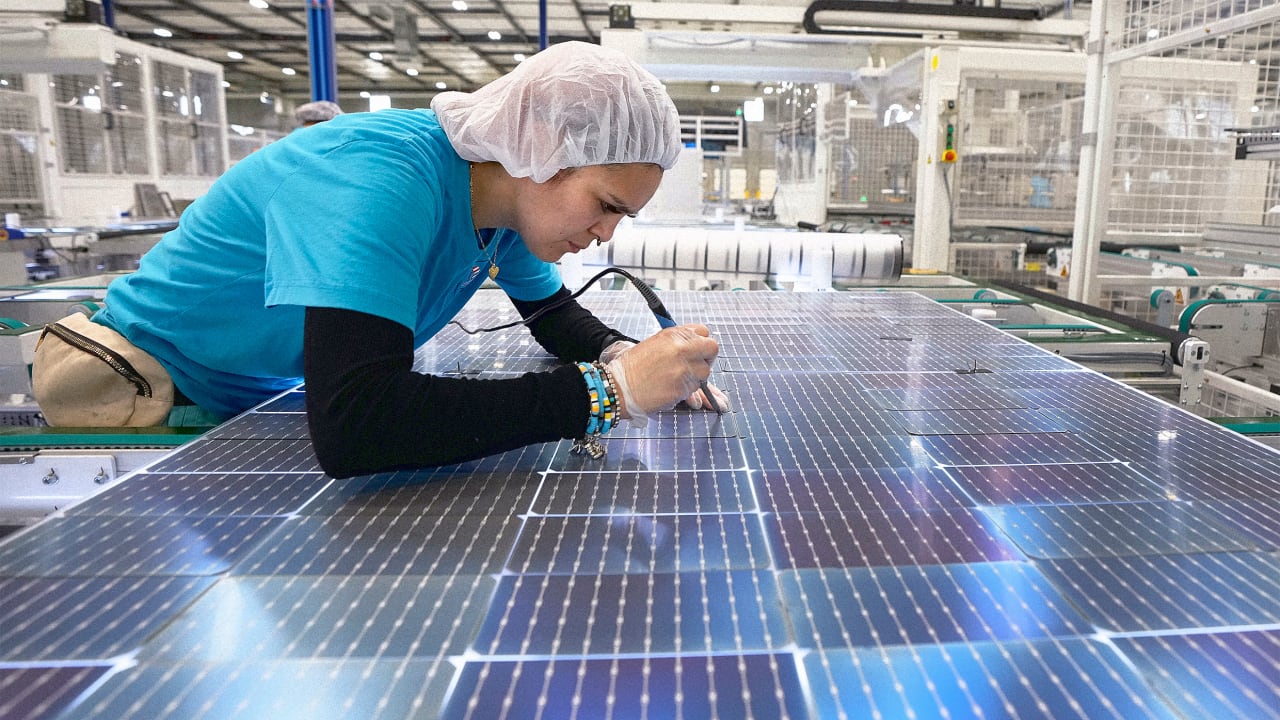Why beauty brands that embrace agentic AI will succeed
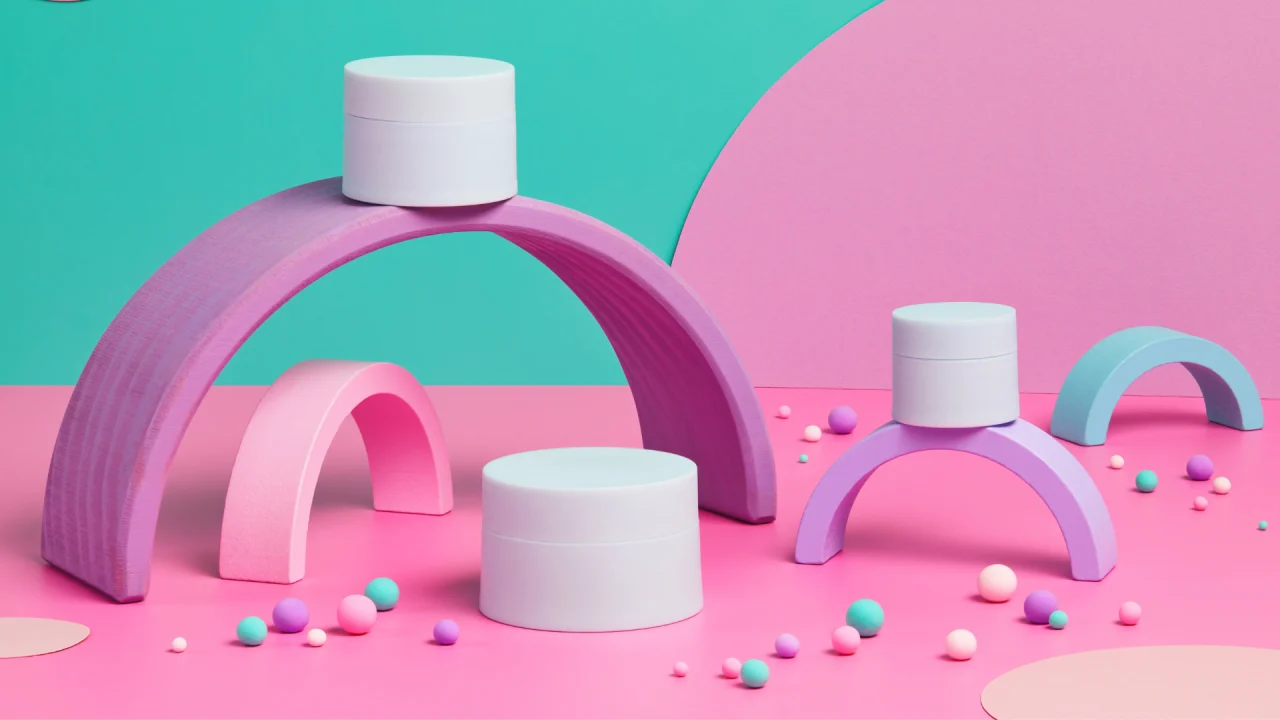
Shopping has evolved more over the past 10 years than it has in the previous 50.
Once rooted in an in-person experience of trial and tactility, the path to purchase has changed dramatically—propelled by rapid advancements in technology, shifting consumer expectations, and most significantly, global events and disruptions that reshaped the way we connect and consume.
The COVID-19 pandemic served as an inflection point that accelerated digital adoption at lightning speed. Now, new geopolitical challenges like rising tariffs are adding further complexity and pressing brands to reimagine how they engage with their consumers, deliver value, and maintain loyalty in a rapidly evolving retail landscape.
If the last 10 years have taught retailers anything, it’s that adaptability is everything. The brands that thrive are those that embrace innovation, not as a trend to follow, but as a mindset during uncertain times. As we look to the future, continued technological advances ease the way when policy and pricing pressures are squeezing margins. Technology will also shepherd in a new era of hyper-personalized, predictive experience for beauty consumers that blends digital and physical experiences seamlessly.
Beauty retail’s biggest turning points
A decade ago, the retail landscape was just beginning to feel the true impact of digital disruption. E-commerce was growing but still held a minority share compared to brick-and-mortar sales. With mobile commerce on the rise, retailers needed to optimize for smaller screens and on-the-go buyers. Buy online, pick up in store was still a relative novelty. Social media was gradually evolving from a place to chat with friends into a destination for product discovery, but it was not yet a primary sales channel. Personalization was nascent, but it was limited primarily to email campaigns and site recommendations.
These trends would continue to evolve over the next handful of years, with incremental progress and increased adoption each year. Then, the COVID-19 pandemic hit the gas pedal on these transformations. Overnight, the shopping experience completely changed.
Suddenly, online shopping became the default preference for consumers, and shoppers could easily choose between same-day delivery, curbside pick-up, shipping, and more. This was the moment retailers doubled down on their technology investments in AI, automation, and better customer data infrastructure, which has surged in the years since. Social commerce via TikTok, Instagram, and YouTube blossomed with live shopping and creator recommendations that encouraged consumers to discover and add their favorite finds to cart.
Even tactile beauty products that typically require customers to sample and try on before buying became sought-after online products, launching beauty brands into the next era of technology adoption. Virtual try-on using augmented reality and AI-driven product matching and recommendations became industry must-haves. Consumers began to expect unified and tailored shopping journeys across every touchpoint—from virtually trying on lipstick via a mobile app to receiving AI-powered skincare recommendations on a laptop. An increasingly saturated marketplace and influences from a complex web of content, reviews, and recommendations turned personalization into table stakes.
Beauty retail’s consumer-centric reset
Today, retail has evolved from a largely transactional, siloed model into a dynamic, interconnected ecosystem. The biggest shift? Power has moved into the hands of the consumer, who now expects personalization, participation, and seamlessness wherever and however they choose to shop.
The last decade has proven that beauty shoppers are primed and ready for the industry’s next transformation, which is coming at a moment of heightened economic uncertainty. Consumer behavior is echoing the early days of the COVID-19 pandemic, with shoppers now tightening their purse strings, panic-buying, and ditching the salon. During the pandemic when life became contactless, the industry had to pivot fast and reimagine how customers discover, try, and buy products. Now tariffs, global supply chain fragility, and regional policy shifts are sparking another wave of reinvention.
Today’s retailers must meet this moment by balancing the demand for integrated, customer-centric shopping flows with the operational need for agility, efficiency, and resilience. The challenge—and opportunity—lies in building an ecosystem that can flex with the market, while still delivering the elevated, intuitive experiences modern beauty shoppers expect.
What’s next for beauty retail? Agentic AI
Technology proved essential in maintaining connection and engagement during the COVID-19 lockdowns, and it continues to serve as a critical bridge between brands and consumers amid today’s financial and geopolitical pressures. But the next chapter will be shaped by something far more transformative: the emergence of agentic AI.
Unlike traditional AI systems that respond to user inputs with passive recommendations, agentic AI operates autonomously—learning, reasoning, and initiating actions on behalf of the consumer. This means moving beyond surface-level personalization to deliver true, proactive value, marking a fundamental disruption to the traditional shopping journey.
In a world where tariffs, supply chain constraints, and fluctuating prices create uncertainty, agentic AI brings stability and foresight. It enables brands to meet each shopper not just where they are—but where they’re going— and unlocks unprecedented operational flexibility. Sampling, trial, education, and even replenishment can be driven digitally—reducing overhead and mitigating exposure to global market volatility. For consumers, the shopping experience becomes less about browsing and more about being intuitively served, with smart systems anticipating needs, providing confidence, and removing friction.
This is not just the next trend—it’s a paradigm shift. The brands that embrace agentic AI now will be best positioned to lead a new era of intelligent retail, where deep personalization, economic efficiency, and brand trust converge. Just as the past decade redefined where and how we shop, the next will redefine what helps us shop. And that helper, increasingly, will be agentic AI.
The industry’s mission has always been to bridge the gap between innovation and consumer connection, helping brands reimagine what’s possible even amidst global challenges. Technology is poised to continue its role as a vital lifeline that provides the stability and flexibility consumers and brands grab hold of as new trials emerge.
Alice Chang is CEO and Founder of Perfect Corp.
What's Your Reaction?
 Like
0
Like
0
 Dislike
0
Dislike
0
 Love
0
Love
0
 Funny
0
Funny
0
 Angry
0
Angry
0
 Sad
0
Sad
0
 Wow
0
Wow
0



